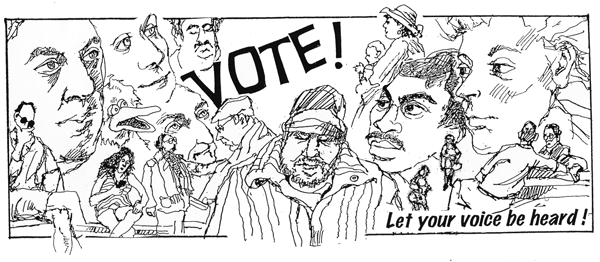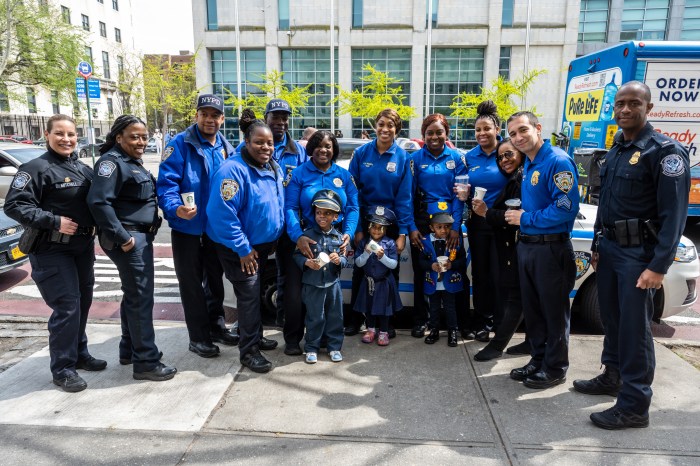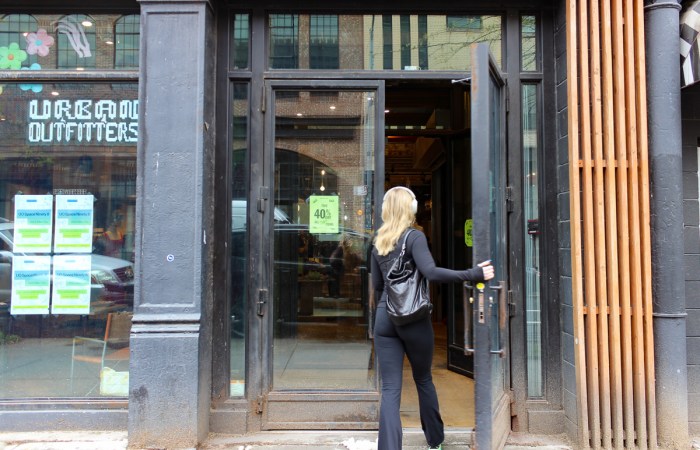Democracy, as the saying goes, is the worst form of government except for all of the others. Along those lines, New York’s creaky voting-machine system is the worst voting except for the “modern” electronic vote scanners the state picked a few years ago.
That one’s technology is so cutting edge that it was impossible to get ballots set up in three week’s time for the Oct. 1 primary runoff. That’s why we were back to the voting relics this week.
There were real problems on Tuesday with the aging machines. A few did break down and, in at least one case in Battery Park City, voters were given incorrect paper ballots.
Meanwhile, in the Village, candidates for Democratic district leader were left off the ballot in some machines, though the glitch was solved by about 10:30 a.m. with paper affidavit ballots made available to voters.
These problems turned out to be low-scale and it didn’t factor in the most important offices on the ballot, but just because the broken machines and mistakes may not have effected the election, that’s no reason to shrug off the problem.
The scanners also led to confusion and longer waits and as former Councilmember Alan Gerson points out, they provide less privacy.
That’s why we completely understand why Gerson, who helped clear up the B.P.C. confusion, a few poll workers, and voters told us that they’d like to stay with the machines rather than go back to the scanners.
They’re right. The scanners are worse.
But it’s more than a little discouraging that those in the know have been so beaten down by New York’s broken electoral system that they can’t imagine anyone in power coming up with a good option when faced with one of two bad choices.
When was the last time you remember seeing someone old or young, English-speaking or not, be confused at an A.T.M.? We can’t.
It shouldn’t be hard to design machines that perform private and important transactions that almost everybody can use without confusion.
An A.T.M.-like screen could end the unfair advantages of ballot name placement. Rotating the candidates so each one has an equal number of times in the most and least prominent positions on the ballot makes sense.
A screen could allow hard-copy printouts that could give voters visual confirmation and could also be used in recounts.
That may not be the best system but it is certainly one that would be a huge improvement. Safeguards and protections the public can trust are of course requirements for any system. New York’s advantage of being behind in voting technology is it can look to other places to find the best way to vote.
With today’s technology, it is inexcusable that we have to wait days or weeks for accurate vote counts, or months to get a ballot ready for an election.
Pointing fingers at the culprits is far less important than fixing a problem that shakes the fundamentals of our democracy.


















